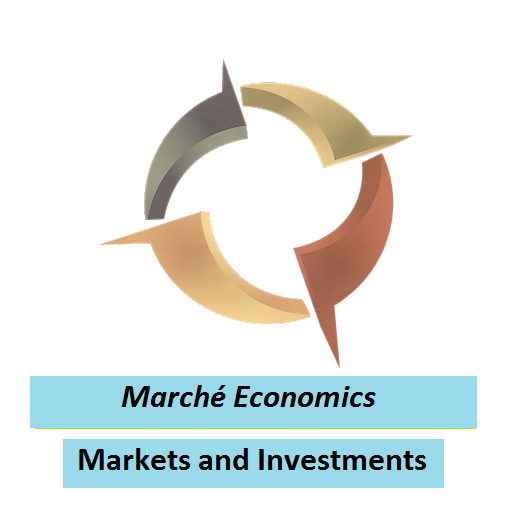August 14: In business cycle parlance, we are coming down from a peak towards a recessionary trough and appear to be nearly there. This trough is not likely to be an actual recession though as the economy is generally still too strong for that. Thus, a “soft landing” has become a common expectation. The more relevant question question is when earnings or profits will stop continuing to fall and bottom out. As it is, the approach towards a trough tends to send stocks into the rally mode, but this just extends price-to-earnings or P/E ratios and the rally ultimately ceases and then retreats. Once investors see that the downtrend in profits has ended, then the rallies will become more meaningful and extended.
The problem is forecasting the turnaround in GDP growth and profits. A sharp recession and almost immediate recovery such with the Covid-19 pandemic is much easier to for investors to predict. A shallow recession, especially with rolling recessionary sectors, has a recovery phase that is much more difficult for investors to predict or to time. Thus, we could be in for rally-and- retreat scenarios for a prolonged period.
The predictability of an earnings uptick or expansionary business cycle phase is further complicated by the FED. Prior to regional bank stress caused partially by rising interest rates the FED had been letting bonds and assets mature and role off its balance sheet. This caused the growth rate of the money supply to slow towards its pre-pandemic rate and inflation rates to come down. But then, as it began loaning money to stressed banks that were having more difficulty replacing low interest assets with higher interest rate assets, the FED started injecting money back into the economy. This actually has increased the rate of money supply growth and has greatly reduced the FEDS ability to fight inflation.
With a more normal FED, inflation fighting hinges on reducing the money supply by selling assets (i.e., reducing its balance sheet) while at the same time it increases short-term discount rates which, in turn, increase the Federal Funds rate. This FED has not been selling its assets or reducing its balance sheet aggressively and instead relied only on increasing the discount and Federal Funds rates. The presumption is that more of the higher interest rate effect will be on aggregated demand than on aggregate supply and cause prices to fall. True, reducing aggregated demand has occurred, but that is only a short-run effect that falls mostly on consumption and investment. The decrease on investment, in turn, produces a long-run contractionary effect on supply
August 16 addition: [by effecting the ability to upgrade or replace lower capacity equipment, for example].
Thus, the “short-term” transitory supply constraints that emanated from the pandemic and started the inflationary spiral have the potential to now come back as a longer-term stagflationary problem.
August 16 addition: Moreover, the FED is now fighting the economy (with interest rates) more than it is fighting inflation by decreasing the money supply.
If stagflation becomes dominant, the FED will lose the inflationary fight altogether and have no one else to blame but itself for its lack of aggressiveness in reducing its balance sheet. This will also complicated the ability of investors to expect that any bull market rally can last.
Given this circumstance, some individual stocks to consider include: KRT, GM, CVI, MDC, ACMR, and SHW. For growth and dividends: CVI, GPS, MDC, SOI, CEQP, DAC, GGB, and ORAN. The previous 3 months top ETFs were: SOXX, PSI, CLU, XSD, and FTXL. If you are investing in CEFs for a tax sheltered portfolio such as 401k, you might consider: BCAT, BGB, FSCO, EIC, JRI, BDJ, WDI, MEGI, JFR, JOC, AVV, and RLTY at this time. For a non tax sheltered investment portfolio such CEFs as: ETB, PTA, FLC, OIA, PML, and EVN are fairly good at this time. A good mutual fund in the muni sector would be ACTHX. As always, good investing!
